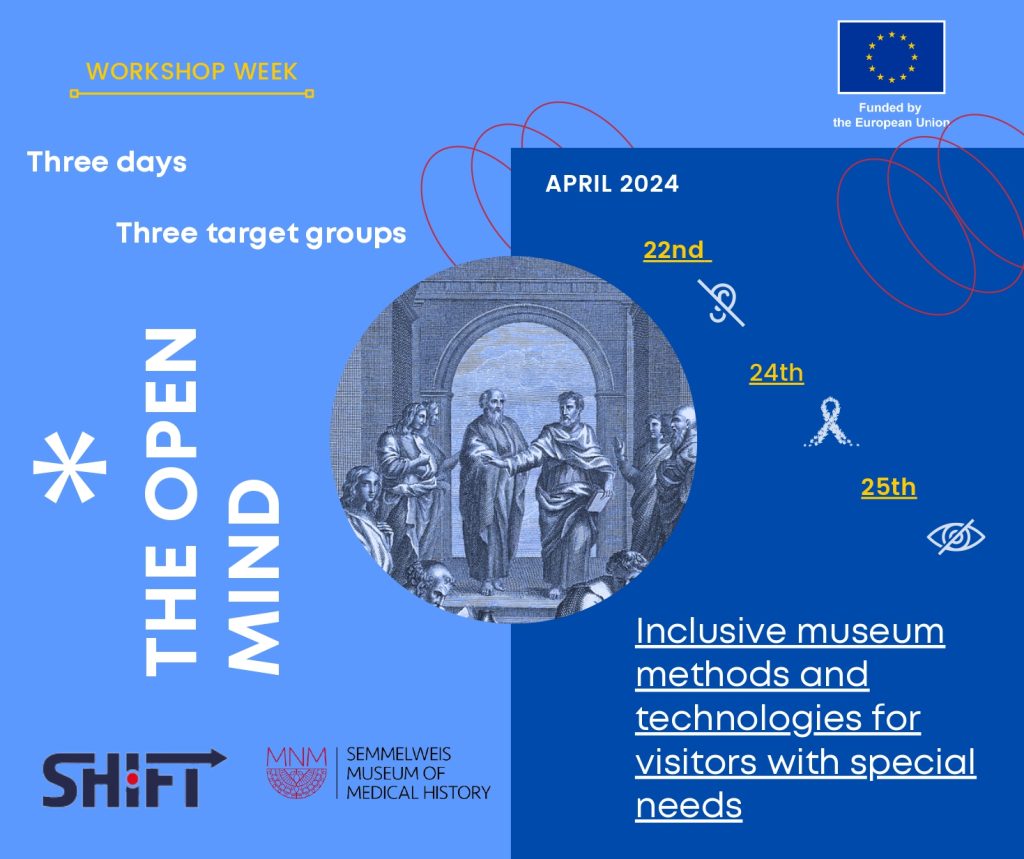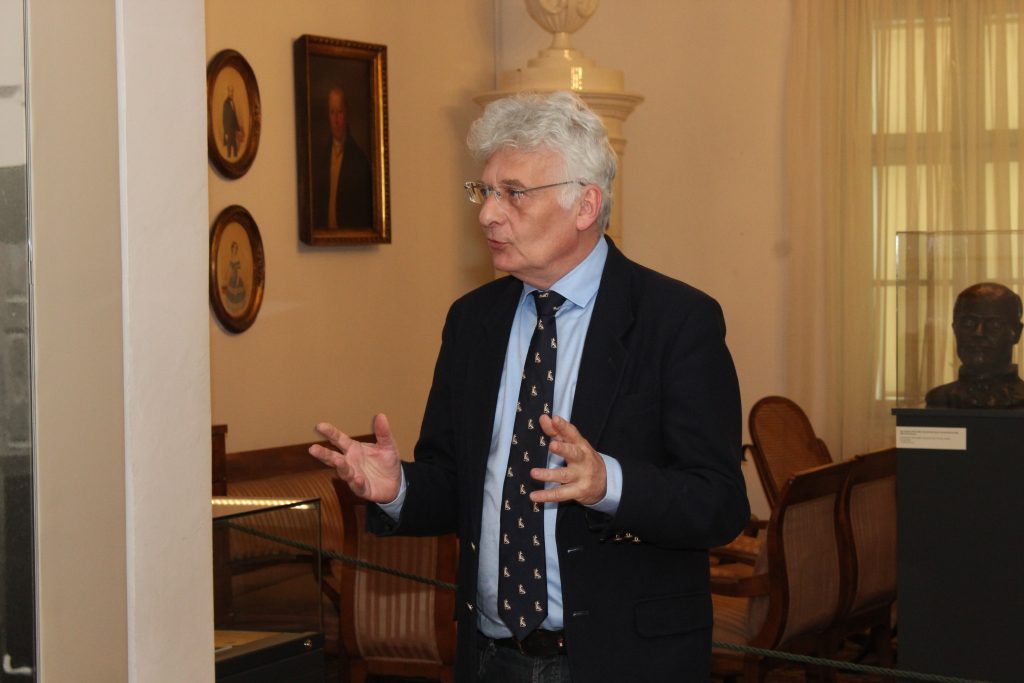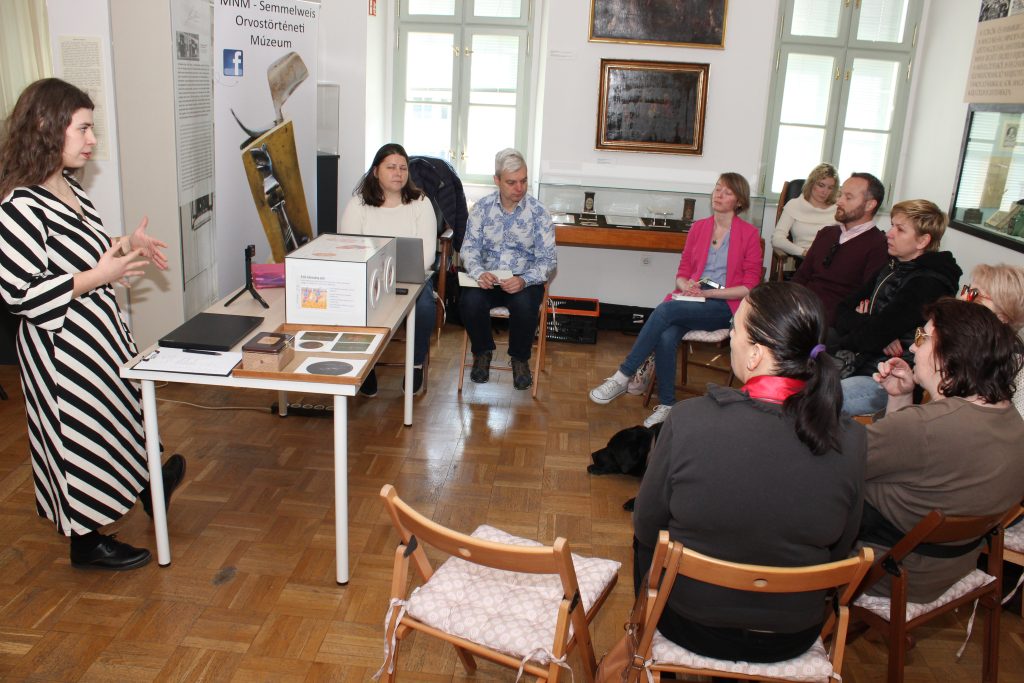The Semmelweis Museum of the History of Medicine (MNM SOM) organized a series of stakeholder workshops in April that focused on enhancing museum experiences for various visitor groups assessing the project’s new technological tools currently under development. These workshops focused on three distinct groups: individuals with hearing impairments, people on the autism spectrum, and those with visual impairments. Each session was designed to gather specific feedback on improving the accessibility and inclusiveness of the mentioned museum technologies.

The first workshop, held on 22nd April, catered to the hearing-impaired community. Nineteen participants explored the project’s latest technological advancements. The feedback emphasized the need for a digital tool that integrates read-outs, simplified text samples, and sign language videos to aid understanding. The participants suggested that preloaded, easy-to-understand texts and user-adjustable video speeds in national languages or International Sign Language would greatly enhance their experience. The group also noted that background noise in digital devices could be distracting.

Two days later, on the 24th, the workshop for individuals on the autism spectrum took place with eight attendees. The participants valued clear, simple language and straightforward descriptions of the artefacts. The feedback highlighted the importance of avoiding sensory overload, which can be particularly distracting for this group. Suggestions included providing step-by-step descriptions of how interactive tools like haptic gloves work and what to expect during their use. Moreover, the need for adjustable settings on digital tools was underscored to cater to the wide spectrum of sensitivities among autistic individuals.

The final workshop on the 25th of April focused on the visually impaired. Eleven participants, some of them with varying degrees of visual impairment, provided insights into the necessary adjustments for digital museum guides. They recommended features such as adjustable brightness and contrast settings on digital displays, and the importance of using simple, easily understandable texts without complex visual or auditory elements that could confuse or overwhelm the visitors.

During all workshops, adjustability and customization of digital tools to accommodate the specific needs of each group was emphasized as the common need. Participants also stressed the importance of involving them in the development process to ensure the tools developed are genuinely effective and user-friendly. These workshops not only offered valuable feedback for the SHIFT project but also highlighted the diverse requirements of museum visitors with different disabilities. The project consortium is now focused on integrating this feedback to develop more inclusive and accessible technology solutions for all museum visitors.
